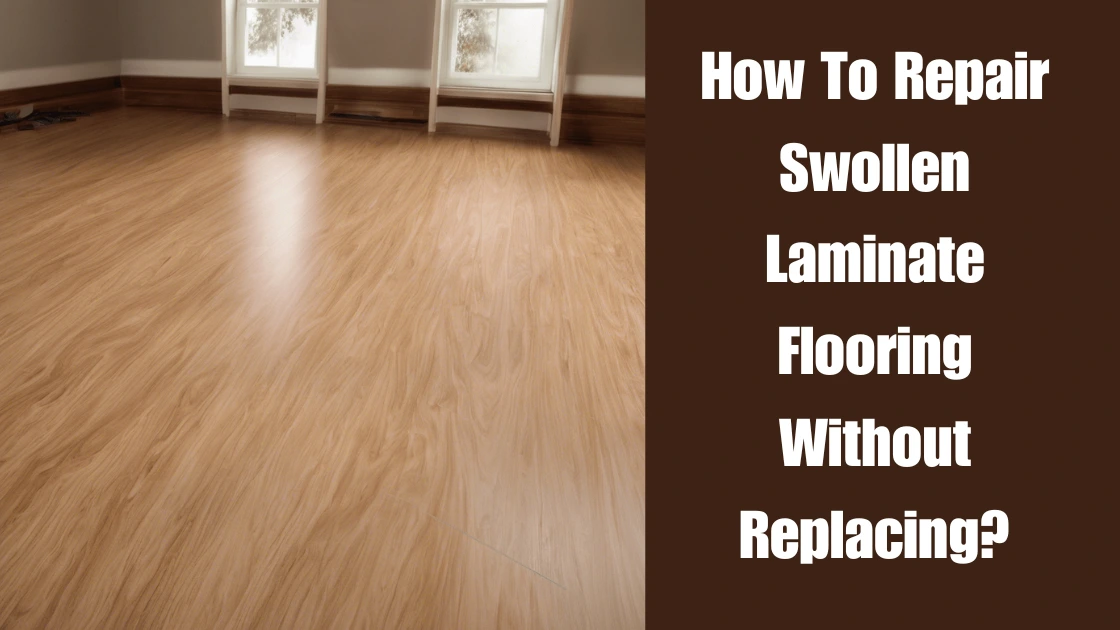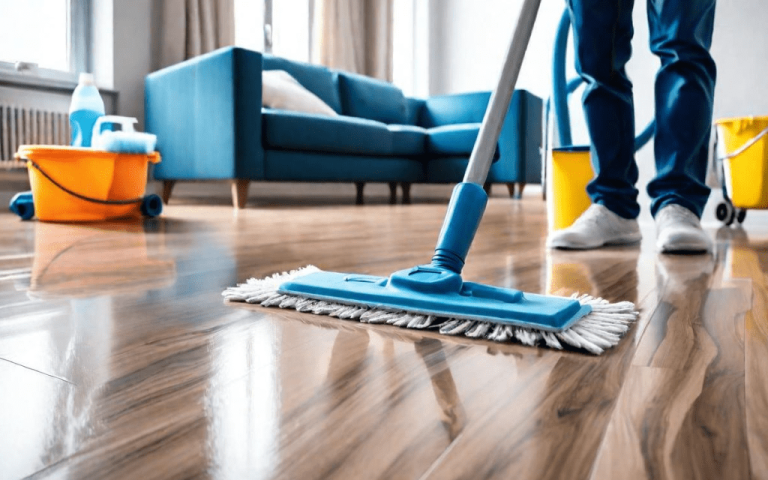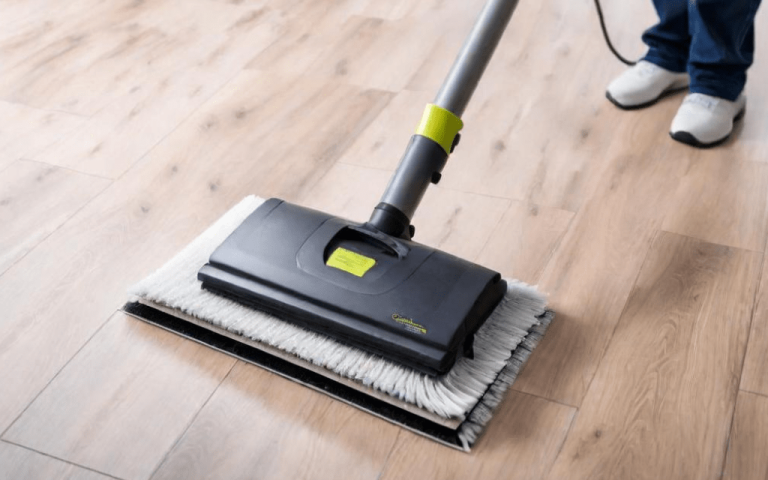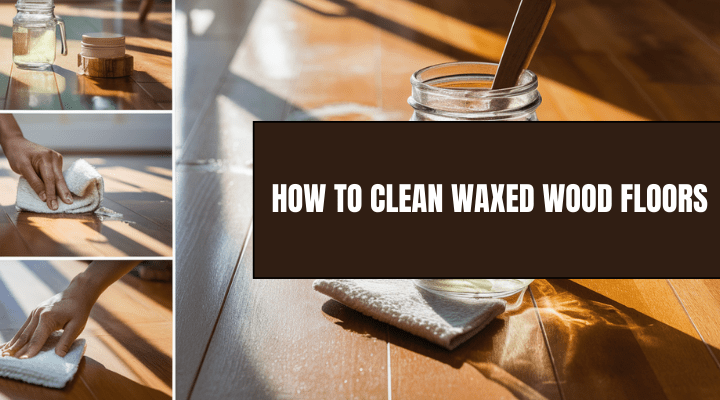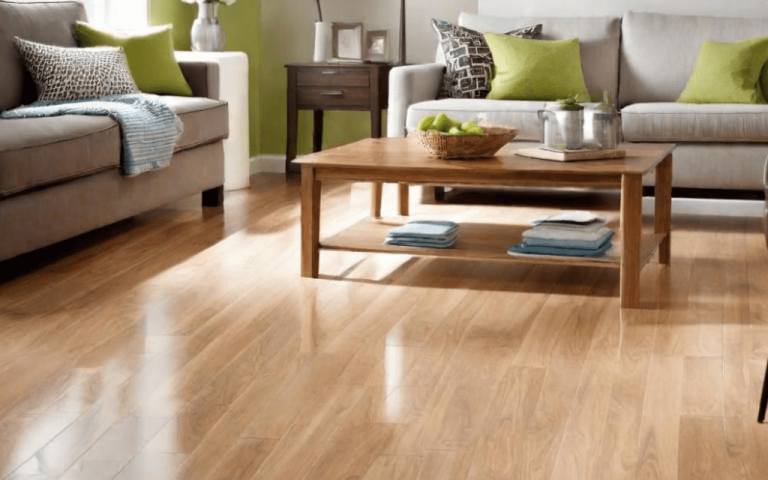How To Repair Swollen Laminate Flooring Without Replacing?
Laminate flooring has gained immense popularity due to its affordability, aesthetic appeal, and ease of installation. However, it can succumb to certain damages over time like any other material.
One of the most common issues homeowners face with laminate flooring is swelling, typically caused by moisture exposure. Fortunately, in many cases, it’s possible to repair swollen laminate flooring without replacing the entire floor. In this article, we’ll guide you through how to tackle this issue step by step, helping you restore your laminate floor to its former glory.
Swollen Laminate Flooring Problem
Laminate flooring consists of layers of fiberboard material that are susceptible to water damage. When water seeps into the core of the laminate, it can cause the boards to swell, buckle, or even lift at the seams.
This usually happens in areas prone to moisture, like kitchens, bathrooms, or basements. Left unchecked, the problem can worsen, leading to more significant damage. Thankfully, with the right approach and tools, you can fix swollen laminate flooring without replacing it entirely.
Causes of Swollen Laminate Flooring
Before diving into how to repair swollen laminate flooring, it’s essential to understand the root causes. Addressing the source of the problem ensures that you won’t face similar issues in the future. The most common causes of swollen laminate flooring include:
- Moisture Exposure: Water from spills, leaks, or even high humidity levels can penetrate the flooring, causing the core materials to expand.
- Improper Installation: Gaps around the edges of laminate flooring are crucial to accommodate expansion and contraction. If not installed correctly, the flooring can swell due to pressure from the walls or other barriers.
- Lack of Maintenance: Regular cleaning with excess water or the use of harsh chemicals can lead to water seeping into the seams, resulting in swelling.
- Subfloor Moisture: Moisture trapped under the laminate, often from a damp subfloor or condensation, can rise and affect the planks.
Tools and Materials You’ll Need
Before starting the repair process, gather the following tools and materials to ensure you’re fully prepared:
- Utility knife or flooring cutter
- Hammer and tapping block
- Pry bar
- Laminate seam sealer
- Wood glue (if needed)
- Putty knife or flat scraper
- Weights or heavy objects (for flattening swollen areas)
- Vacuum cleaner or broom
- Soft cloth or sponge
- Hairdryer or space heater
Now that you understand the causes and have your tools ready, let’s dive into how to repair swollen laminate flooring without replacing it.

Step 1: Identify and Eliminate the Source of Moisture
Before attempting any repairs, it’s crucial to eliminate the moisture source causing the swelling. If you fix the swollen planks but don’t address the underlying issue, the problem will reoccur. Here’s how you can do this:
- Check for Leaks: Inspect the area around the swollen laminate for signs of leaks, particularly in bathrooms, kitchens, or basements. Fix any plumbing issues or leaks that may have caused water to seep under the flooring.
- Control Humidity: In areas prone to high humidity, consider using a dehumidifier to reduce the moisture level in the air.
- Dry the Floor: Use a hairdryer or space heater to thoroughly dry the swollen area. This will help reduce moisture levels in the flooring and may slightly improve the swelling.
Step 2: Remove the Molding and Transition Strips
The next step is to remove the baseboard molding or transition strips near the swollen area. This is necessary to gain access to the edges of the laminate planks. Use a pry bar to carefully lift the molding without damaging it.
- Pro Tip: Label the moldings or transition strips so you can reinstall them in the correct positions later.
Step 3: Assess the Severity of the Damage
Once you have access to the swollen area, assess the severity of the damage. If the swelling is minor and isolated to a few planks, you may be able to fix it by flattening the boards or filling in gaps. However, if the swelling is severe or widespread, you may need to replace a few planks. The good news is that you can still repair the damage without replacing the entire floor.
Step 4: Flatten Minor Swelling
For minor swelling, you can try flattening the laminate planks without removing them. Here’s how:
- Use Weights: After ensuring the area is dry, place heavy objects like books or weights on top of the swollen planks. Leave the weights in place for at least 24 hours. This method can help reduce the swelling if the damage is not too severe.
- Heat Treatment: Another technique is to use a hairdryer or space heater to apply heat to the swollen area. The heat can help the moisture evaporate and reduce swelling. Be careful not to overheat the floor, as it can cause additional damage.
Step 5: Repair Gaps and Seams
In some cases, swelling can cause gaps to form between the laminate planks. These gaps not only look unsightly but can also allow more moisture to seep in, exacerbating the problem. Here’s how to fix the gaps:
- Apply Laminate Seam Sealer: Use a laminate seam sealer to fill in the gaps between planks. This product will create a waterproof seal that prevents further moisture from entering.
- Press the Seams Together: After applying the seam sealer, use a tapping block and hammer to gently press the planks back together. Be careful not to damage the edges of the laminate.
Step 6: Replace Damaged Planks (If Necessary)
If the swelling is too severe to flatten or the planks are warped beyond repair, you may need to replace the damaged boards. Luckily, laminate flooring is designed with a click-lock mechanism, making it relatively easy to replace individual planks. Here’s how:
- Remove the Damaged Planks: Use a utility knife or flooring cutter to carefully cut out the damaged planks. You may need to remove some of the surrounding planks to access the swollen ones.
- Install New Planks: After removing the damaged boards, install the new planks by clicking them into place. Make sure the new planks fit snugly with the existing flooring.
- Reinstall the Molding: Once the new planks are in place, reinstall the baseboard molding or transition strips that you removed earlier.
Step 7: Prevent Future Swelling
After repairing the swollen laminate flooring, it’s important to take steps to prevent future damage. Here are some preventive measures you can take:
- Seal the Edges: Apply a waterproof sealant around the edges of the laminate flooring, especially in areas prone to moisture, such as bathrooms or kitchens. This will help prevent water from seeping into the seams.
- Use Mats and Rugs: Place mats or rugs in high-moisture areas, such as near sinks, bathtubs, or entryways. This will help absorb water and reduce the risk of spills reaching the floor.
- Maintain a Stable Humidity Level: Use a dehumidifier in rooms with high humidity levels to prevent moisture buildup in the air.
FAQs About Repairing Swollen Laminate Flooring
Q: Can I fix swollen laminate flooring without replacing it?
A: Yes, in many cases, you can repair swollen laminate flooring without replacing it. You can try flattening the planks using weights or heat treatment. If the damage is more severe, you may need to replace individual planks rather than the entire floor.
Q: What causes laminate flooring to swell?
A: Laminate flooring typically swells due to moisture exposure. This can be from water spills, leaks, high humidity, or moisture trapped under the floor.
Q: How do I prevent my laminate flooring from swelling?
A: To prevent swelling, keep your floor dry by cleaning up spills immediately, controlling humidity, and using waterproof sealant around the edges. Placing mats or rugs in moisture-prone areas can also help.
Q: Can swollen laminate flooring shrink back to its original size?
A: In some cases, if the swelling is minor, the laminate planks may shrink back slightly after the moisture is eliminated. However, significant swelling usually requires repair or replacement.
Conclusion: A Practical Solution for Swollen Laminate Flooring
Swollen laminate flooring is a common issue, but with the right tools and techniques, you can often repair the damage without needing to replace the entire floor. By identifying the source of moisture, flattening the affected area, and sealing the seams, you can restore your laminate flooring and prevent future swelling. Taking preventive measures, such as using mats and controlling humidity, will also ensure the longevity of your laminate floor.
By following these steps and guidelines, you’ll have a well-maintained, attractive floor that can withstand the challenges of daily life—without the expense of full replacement.

